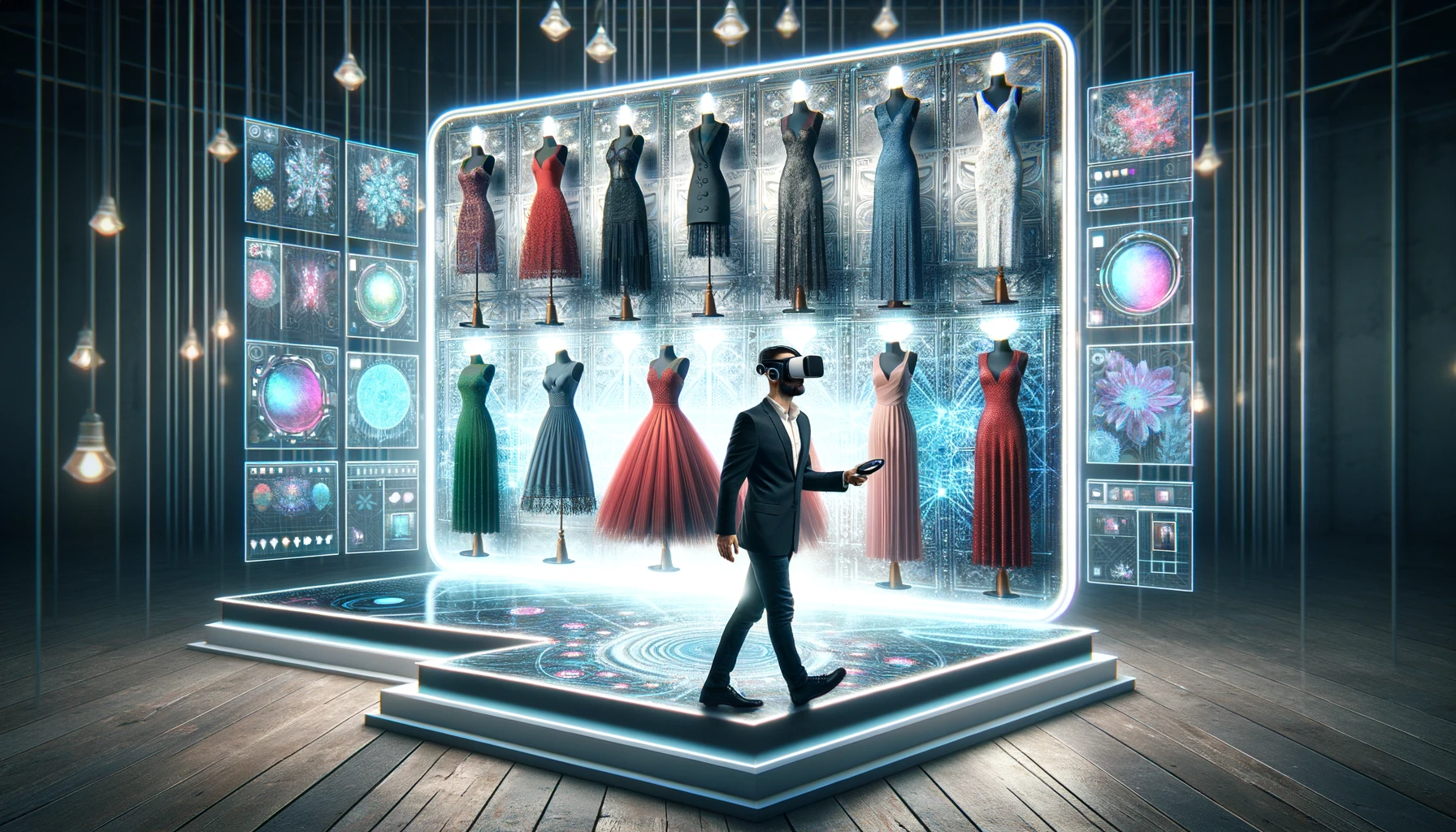Unlocking the future AR and VR integration in marketing

What is AR and VR?
Before diving into their marketing applications, it’s essential to understand the basics of AR and VR:
Augmented Reality (AR) overlays digital content—such as images, sounds, or text—onto the real world. AR enhances the user’s perception of their environment by adding layers of information or entertainment.
Virtual Reality (VR), on the other hand, creates an entirely digital environment. Users can immerse themselves in a virtual world, experiencing it as if they were physically present. VR is often accessed through specialized headsets that provide a 360-degree view of the virtual space.
How AR and VR are Shaping the Marketing Landscape
Enhanced Customer Engagement
AR and VR offer an unprecedented level of interactivity, allowing customers to engage with products in a virtual space before making a purchase. For example, IKEA’s AR app enables users to visualize how furniture would look in their home before buying. This not only enhances customer experience but also significantly reduces the likelihood of returns.
Immersive Brand Experiences
VR allows brands to create entirely immersive experiences that transport users to a different world. For instance, tourism companies can offer virtual tours of destinations, giving potential travelers a taste of what they can expect. Similarly, car manufacturers can let customers test-drive vehicles in a virtual environment, showcasing features in a way that’s impossible through traditional media.
Personalized Marketing
Personalization is key to modern marketing, and AR and VR take it to the next level. Brands can create unique experiences tailored to individual preferences. For example, beauty brands use AR to allow customers to try on makeup virtually, customizing their look in real time. This not only enhances the shopping experience but also drives higher conversion rates.
Interactive Advertising
Traditional ads can be static and uninspiring, but AR and VR allow for interactive and engaging content. Imagine an AR ad where users can interact with a product or a VR campaign that tells a story in which the user is the protagonist. These immersive experiences are far more memorable than standard ads, leading to higher engagement and brand recall.
Data-Driven Insights
One of the most powerful aspects of AR and VR marketing is the ability to collect detailed data on user interactions. By analyzing how users interact with virtual content, brands can gain insights into consumer preferences, behaviors, and pain points. This data is invaluable for refining marketing strategies and making informed decisions.
Challenges and Considerations
While AR and VR offer exciting opportunities, they also come with challenges:
Cost and Accessibility: Developing AR and VR experiences can be expensive, and not all consumers have access to the necessary technology. However, as the cost of technology decreases, these experiences will become more accessible to a broader audience.
Technical Expertise: Creating high-quality AR and VR content requires specialized skills. Brands may need to partner with developers and designers who are experienced in these technologies to create effective campaigns.
User Experience: Ensuring a seamless and enjoyable user experience is critical. Poorly executed AR and VR experiences can frustrate users and damage brand reputation.
The Future of AR and VR in Marketing
The potential of AR and VR in marketing is vast, and we’re only scratching the surface. As technology continues to evolve, we can expect to see even more innovative applications. From virtual stores that allow users to shop in a fully immersive environment to AR-enhanced product packaging that provides additional information and interactive content, the possibilities are endless.
Brands that embrace AR and VR early on will be well-positioned to stand out in an increasingly competitive market. By creating unique, memorable experiences that resonate with consumers, they can build stronger connections, drive engagement, and ultimately, boost sales.
Conclusion
AR and VR are not just futuristic concepts—they are here and now, transforming the way brands connect with their audience. By integrating these technologies into your marketing strategy, you can create immersive, personalized experiences that not only engage customers but also differentiate your brand in a crowded marketplace. As these technologies become more accessible, the question is not whether to incorporate AR and VR into your marketing efforts, but how to do so effectively.
.